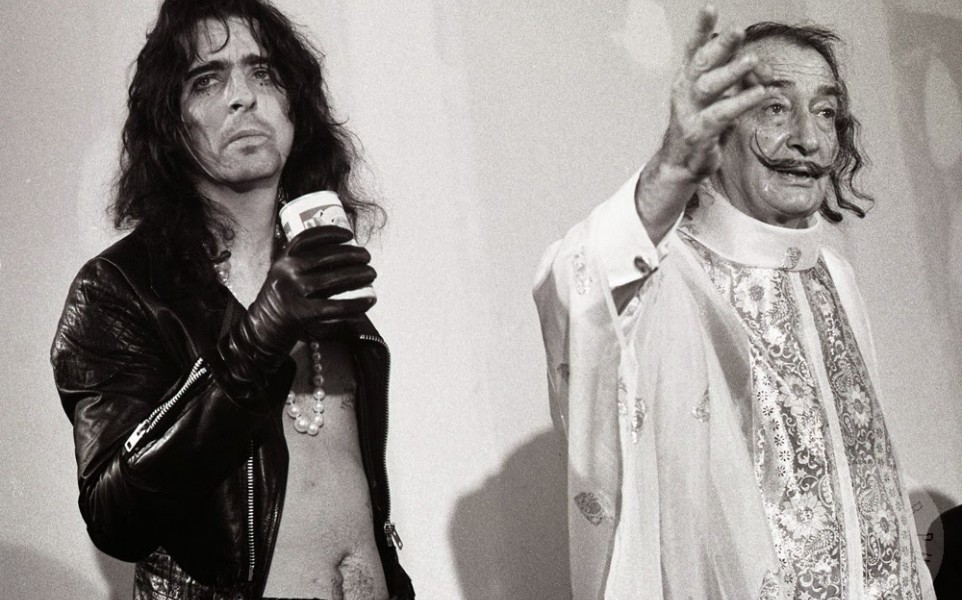Audio:
Dalí is the figure of a self-represented genius, a complete artist, nearly a reflection of a Renaissance man. However his relationship with sound, which was widely developed and embedded in the arts by the twentieth century, is scant, apparently arbitrary and plagued by contagions that reaffirm his image drawing him closer to classical and spectacular musical forms. In this podcast we will explore some of the relationships the artist had with sound and music, finding key points to aid our understanding of it.
On one hand, he departs from a use of the voice with two recurrent characteristics: one is the onanistic obsession with the use of his voice speaking about himself. The other is the expressive use of different languages. Following on from this, published discs with the voice of the artist and stellar interventions in the cinema and on television were sought out.
On the other hand, works which present a relationship or can act as precursors to Dalís work are shown such as Dora Luz’s or Alice Cooper’s songs.
The exhibition Dalí. All the poetic suggestions and all the plastic possibilities took place in the MNCARS between spring and late summer 2013. Under its umbrella, and for half an hour, this podcast endeavor to unthread the relationship between Salvador Dalí, music and sound, which was not particularly fruitful though it was present in his heterogeneous work. Passing through Wagner’s Parsifal, Wolf Vostell, Dora Luz, Orson Welles, or Alice Cooper, in this podcast we dwell on the artist’s onanist obsession with his voice—speaking of himself—and of his expressive and exaggerated use of it when speaking a variety of languages.
